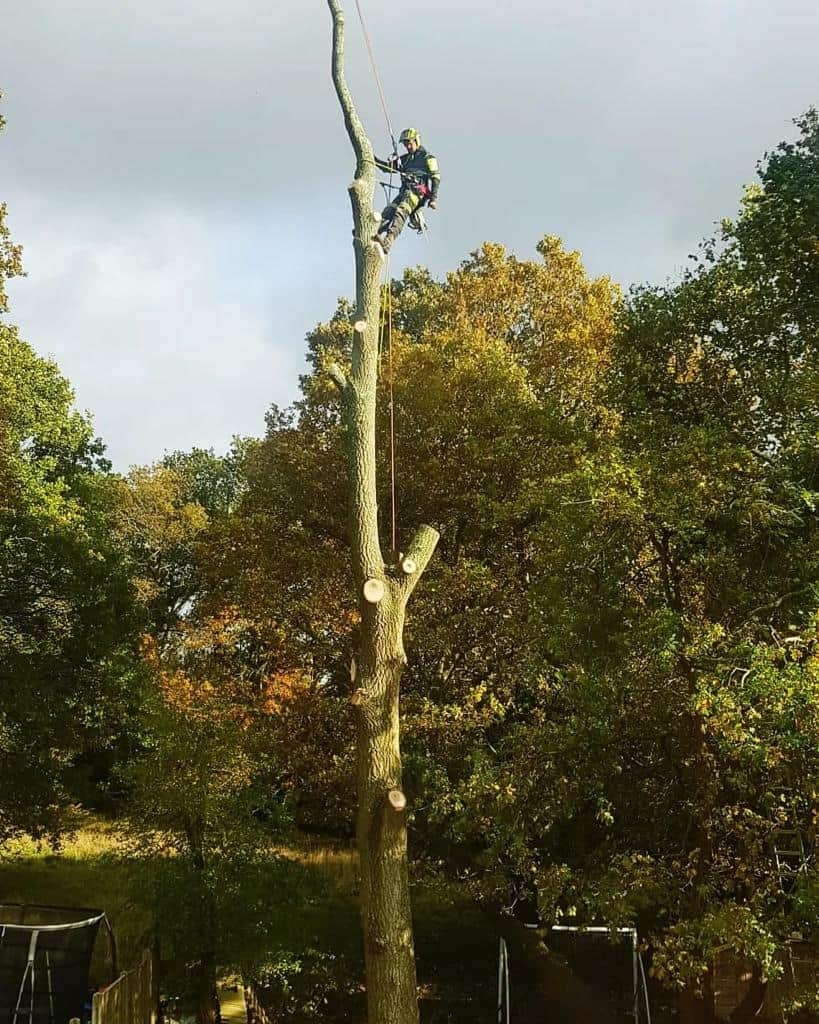Crown reduction is one of the most commonly requested tree surgery procedures across the UK, but it also comes with plenty of questions—particularly around how the tree will look after the work is done. At EM Tree Surgery Sherston, we understand that your trees are a key part of your property’s appearance. If you’re considering crown reduction, it’s only natural to wonder whether your tree will look awkward, sparse, or unbalanced once the job is complete.
In this article, we’ll explain what to expect visually after a crown reduction, why proper technique is crucial, and how a skilled team can ensure your tree remains healthy, attractive, and well-proportioned.
What Is Crown Reduction?
Crown reduction involves reducing the overall size of a tree’s canopy—both in height and spread—while retaining its natural shape. It’s often recommended to:
- Prevent damage to nearby structures
- Reduce the risk of limb failure
- Manage excessive shading or overgrowth
- Improve the tree’s long-term stability and health
Unlike topping (which is an unprofessional and damaging method), crown reduction is a refined process that removes selected branches with careful pruning cuts. The aim is not to butcher the tree but to maintain balance while achieving a more manageable size.
Will My Tree Look Different?
Yes—but not in a bad way if the work is carried out professionally.
Immediately after crown reduction, it’s normal for a tree to look a little lighter or more open than usual. Some clients are initially surprised by the reduced foliage, especially if the canopy was previously very dense. However, this is a temporary stage in the tree’s growth cycle.
A professional crown reduction should leave the tree:
- With a balanced and natural outline
- Free from stubs or harsh cuts
- Structurally sound with evenly spaced branches
- Healthy and ready to recover quickly
At EM Tree Surgery Sherston, we prune to growth points, avoiding the flat, stubby look that results from poor practice. We follow British Standard BS 3998 guidelines to ensure the tree retains its character and shape.
What Happens Over Time?
Within the first growing season, you’ll begin to see new shoots forming and the crown gradually filling out again. As long as the reduction hasn’t been overly severe, the tree will continue to thrive without appearing misshapen.
Over the course of 12 to 24 months:
- The tree will regain a fuller look while remaining smaller and more compact
- Wounds will close naturally with minimal risk of decay
- Leaf cover will return with better light penetration and airflow
With proper aftercare and occasional inspections, crown reduction should enhance both the appearance and safety of your tree for years to come.
What Can Go Wrong?
Unfortunately, poor crown reduction by unqualified contractors can leave trees looking lopsided, overly thinned, or heavily cut back. This not only spoils the tree’s appearance but can lead to:
- Increased stress and vulnerability to disease
- Unstable growth and branch failure
- Costly remedial work in the future
That’s why it’s vital to choose a reputable tree surgeon with the right training, insurance, and attention to detail.
Conclusion
So, will your tree look strange after a crown reduction? When the job is done correctly, no—it will look well-managed, symmetrical, and healthier in the long term. The key lies in expert pruning, not aggressive cutting.
If you’re considering crown reduction in Sherston or the surrounding Gloucestershire area, EM Tree Surgery Sherston is here to help. Our experienced team ensures every reduction is tailored to the species, size, and condition of your tree, with results that are both practical and visually appealing. Get in touch with us today for expert advice and a free quotation.
Call us on: 01666 337 167
Click here to find out more about EM Tree Surgery Sherston
Click here to complete our contact form and see how we can help with your trees needs.

